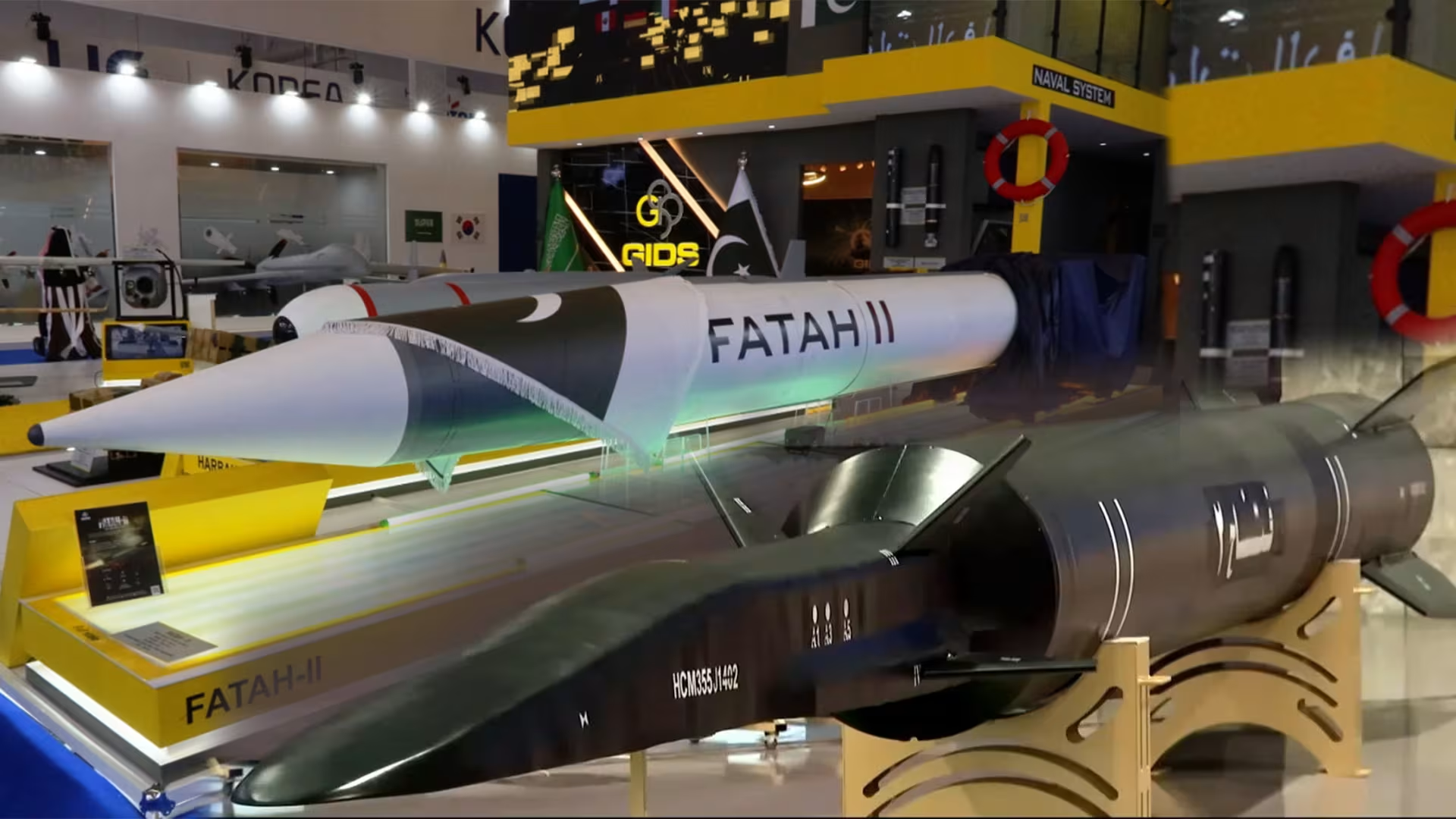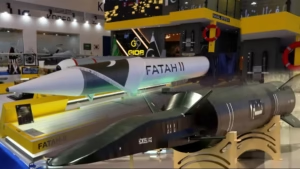In 2025, Iran’s ballistic missile program remains one of the most advanced and controversial in the Middle East. With the unveiling of new hypersonic missiles like the Fattah-2 and the continued enhancement of its medium-range ballistic missile (MRBM) arsenal, Iran has significantly expanded its regional strike capabilities.
This article explores the latest missile developments, including recent uses in the Iran-Israel conflict, key missile types, their ranges, and strategic implications.
Latest News: Iran Deploys Ballistic Missiles Amid Middle East Tensions
In June 2025, Iran reportedly launched several ballistic missiles toward Israeli military positions, marking one of the most direct uses of its missile capabilities in recent years. Notably, the Fattah-1 hypersonic missile was believed to be part of this launch, raising alarm among global defense experts due to its ability to evade traditional air defense systems.
Key Types of Iranian Ballistic Missiles
1. Short-Range Ballistic Missiles (SRBMs)
- Fateh-110: Solid-fueled, ~300 km range, high accuracy
- Fath-360: Tactical SRBM with 120 km range, GNSS/INS guidance
2. Medium-Range Ballistic Missiles (MRBMs)
- Shahab-3: Iran’s oldest MRBM, up to 1,300 km range
- Ghadr-110: Improved version of Shahab, range ~2,000 km
- Kheibar (Khorramshahr-4): Liquid-fueled MRBM with 2,000 km range, 1,500 kg warhead
- Qassem Bassir: New solid-fuel MRBM (2025), ~1,200 km range, precision-guided
- Jihad Missile: Introduced in 2024, 1,000 km range, Mach 8.5 speed
3. Hypersonic Ballistic Missiles
- Fattah-1: First Iranian hypersonic missile, Mach 13–15, 1,400 km range
- Fattah-2: Upgraded variant with greater accuracy and maneuverability, unveiled in late 2023
Strategic Importance of Iran’s Missile Arsenal
Iran’s missile capability plays a central role in its defense and foreign policy strategy. These missiles allow Tehran to:
- Deter regional rivals such as Israel and Saudi Arabia
- Target U.S. military bases in the Middle East within a 2,000 km radius
- Avoid airspace detection with hypersonic speed and low-altitude flight paths
- Respond rapidly with solid-fueled missiles, which require less prep time than liquid-fueled systems
Technical Advancements in 2025
| Missile | Fuel Type | Max Range | Speed | Special Features |
|---|---|---|---|---|
| Fattah-2 | Solid | 1,400 km | Mach 15 | Hypersonic glide, radar evasion |
| Qassem Bassir | Solid | 1,200 km | Mach 6+ | ECM-resistant, pinpoint accuracy |
| Kheibar | Liquid | 2,000 km | Subsonic | High payload, improved navigation |
| Jihad Missile | Unknown | 1,000 km | Mach 8.5 | Maneuverable warhead, low altitude |
Regional & Global Implications
- Increased threat to U.S. and allied assets in the Gulf
- Destabilization risks across the Levant, Iraq, and Israel
- Acceleration of missile defense systems like Iron Dome, Patriot, and Arrow in neighboring countries
- Violation concerns regarding UN Security Council Resolution 2231
Conclusion
Iran’s ballistic missile developments in 2025 demonstrate a continued focus on range expansion, accuracy improvement, and technological innovation. The use of these missiles in recent regional conflicts underscores their role as both military tools and political signals.
As global powers monitor the evolving situation, Iran’s missile program will remain a central topic in security dialogues and non-proliferation discussions.


















